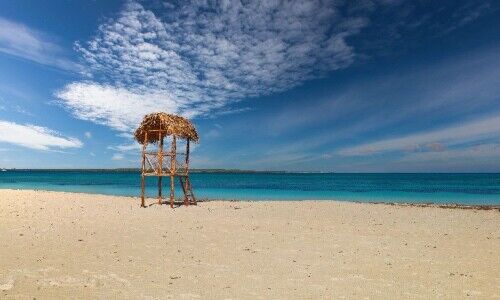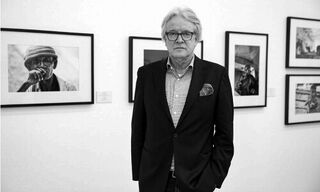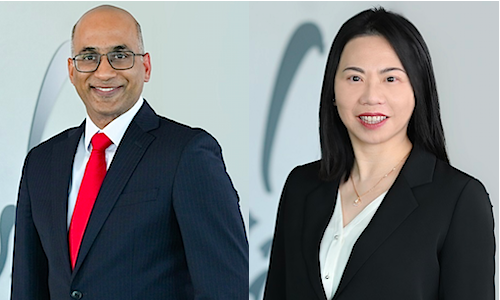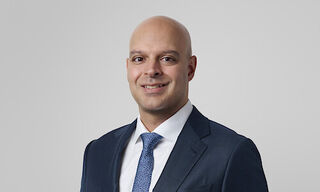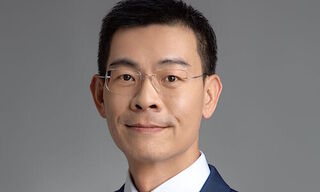The city-state towers over its neighbors in terms of per capita GDP while continuing to expand as a banking and family office hub. Are there long-term implications?
What a trip Singapore is on. To wit, next year will mark 60 years since the newly created Malaysian federation, after an untold amount of political to and froing, de facto kicked the city-state out after a union lasting less than 23 months.
But in the chaotic, globalized decolonization of the post-war, Lee Kwan Yew, the city’s founding father, and first prime minister, knew he might be on to a good thing – as did the other senior officials in the budding government huddled inside the Fullerton Building, now an eponymous hotel.
Making it Anywhere
Back then, Malayan Prime Minister Tunku Abdul Rahman even hinted at Lee's original vision by saying Singapore’s government should focus on becoming the «New York of South East Asia» after a spell of very needless political posturing on all sides, at least when looked at in hindsight.
Fast forward half of a century later and that is what has transpired - in spades, a recently published graphic by Visual Capitalist shows (based on International Monetary Fund (IMF) data from April 2024).
No Comparison
Gross Domestic Product (GDP) per capita in the city-state now hovers at $88,000, utterly dwarfing the levels of its neighbors. In fact, as a nation, it has made the top ten list of the world’s richest. Regionally, the still somewhat secretive oil-rich Sultanate of Brunei is the only one that even compares by coming in at $35,000.
At the bottom end of that spectrum, we have Timor-Leste and Myanmar with $1,000, followed by Laos at $2,000, and Cambodia at $3,000, with Philippines, Vietnam, and Indonesia straddling the no-man’s land between emerging and middle-income countries at $4,000 and $5,000 (both) respectively.
Middle-Income Trap
Beyond that, we have the two relative also-rans caught in the seemingly permanent hamster wheel of a sovereign middle-income trap - Thailand ($8,000) and Malaysia ($13,000).
That last figure serves as a stark reminder of the divergent fates of the erstwhile siblings. The $13,000 must stick out like a sore thumb, giving the Malaysian government and businessmen near-daily bouts of economic FOMO.
The Big I-Told-You-So
On the other side of the same equation, the televised press conference of Lee breaking down in tears remains etched in the minds of many Singaporeans alive then, and that ever-bulging buffer of wealth is probably seen as one great big IMF-stamped I-told-you-so.
As finews.asia reported early in the year, Singapore continues to progress significantly. It appears to be successfully taking a significant chunk of the banking business away from its other regional competitor, Hong Kong. At the same time, it has also become a successful hub for family offices and the wealth of the ultra-high net worth.
Relative Minnow
But now, with a new prime minister in place, it might be time to step back and consider some other factors, including ascertaining why the equity market remains such a laggard, not yet making the top 20 worldwide, while its investment banking market is still an international minnow.
The root cause might be right in front of our faces. Unlike other hubs or financial centers such as New York, Singapore has no large domestic economy to feed, no tristate or bay areas, something indirectly hinting at the vastly lower per capita GDP figures of its neighbors.
Nexus of Activity
It also keeps it from being a Switzerland, which for better or worse will always remain squarely placed in the middle of Europe and a key North-South nexus of economic activity.
Given that, they might want to take a page from Hong Kong and the mainland’s playbook, as both are trying to conjure up a somewhat synthetically demarcated Greater Bay Area (GBA) out of thin air by intensifying development and infrastructure links between Shenzhen, Hong Kong, Macau, and Zhuhai, among others.
Ultimate Question
The question seems clear at this juncture. Do they want to follow in the path of a Monaco, and end up living in anodyne yet spangled solitude, accessible but unreachable for most?
Or – do they want to keep to Lee's original vision and continue to become a real New York for Southeast Asia?

